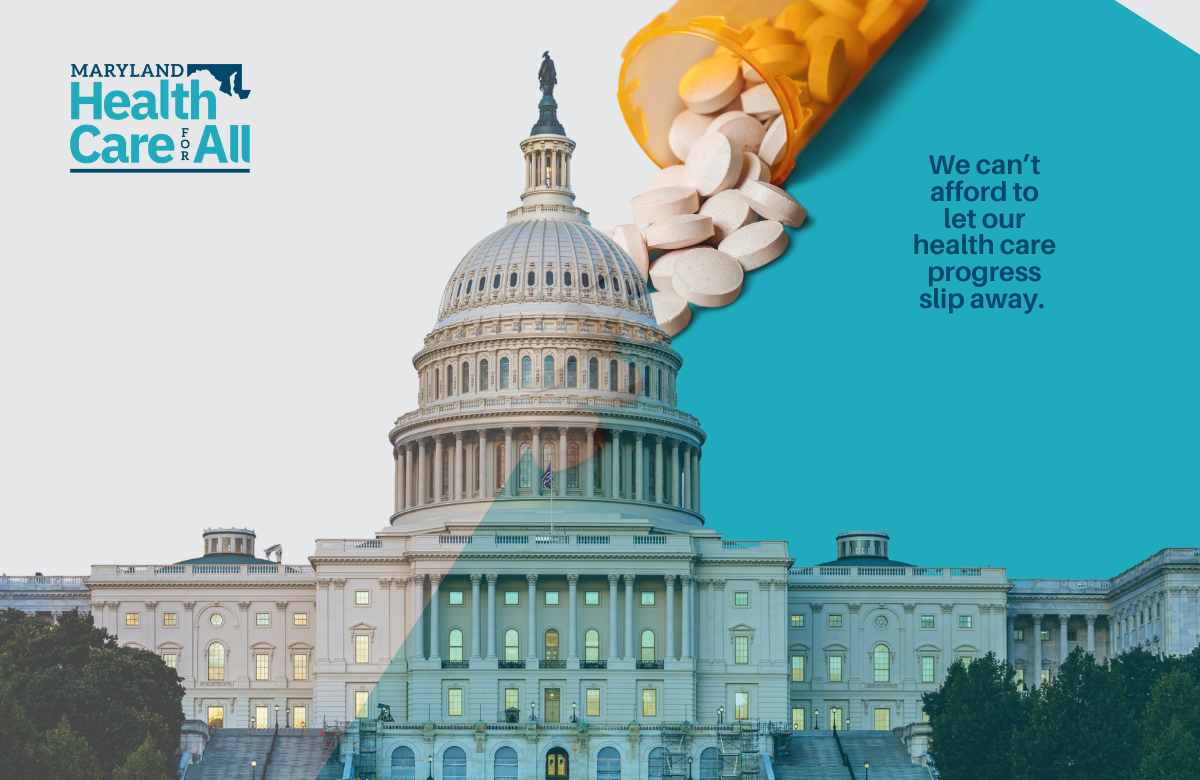Axios
June 7, 2023
Tina Reed
Excerpt:
State of play: Maryland was the first state to establish such a board in 2019 and is starting to ramp up its efforts in efforts, NPR reports.
- It’s been joined by a handful of other states including Colorado and Washington.
- Maine, New Hampshire, Ohio, and Oregon also have boards. But they lack the power to limit drug payments, KFF Health News explains.
- That can really make a difference when it comes to whether these boards have “teeth,” Bobby Clark, a principal at health-care advocacy firm Pyxis Partners, who published an analysis published by The Commonwealth Fund about the boards.
- “The one thing that stood out was some states have put in place a concept around a federal upper payment limit and establishing a benchmark in which they’re not willing to pay above and beyond that,” he said. Others are more focused on analysis, he said.
Between the lines: This is part of a broader landscape of efforts by states to get health care costs under control, including hospital pricing and site-neutral payments.
Read the full piece at Axios Vitals.
Last modified: June 7, 2023



